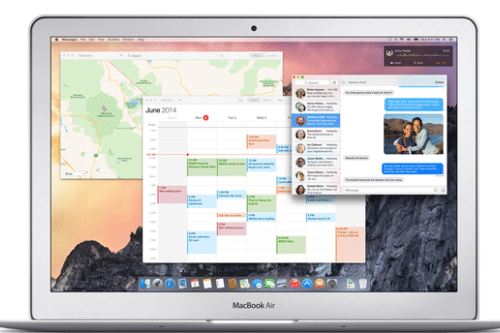We love our social media: Keeping in touch with family on Facebook; sharing links on Twitter; even following total strangers on Instagram. But for all of the time we spend on social media (and for all the flack received) there’s something to be said for essentially crowdsourcing your social life. After all, social media helps you keep in touch, but it also keeps you in the loop. In fact, you might be surprised at how much you learn just from checking into your accounts, whether it’s the latest news, industry reports and yes, funny cat videos.
So how can organizations capitalize on their employees’ propensity to be just as addicted to social media as the rest of us? The answer might not be what is shared, but how it’s shared with others. By creating comprehensive boundaries for employees using social media as a learning and collaboration tool, you can score all of the knowledge – without the Candy Crush invitations.
Why Social Media?
While you might be atempted to simplify and cut social media out of the L&D equation altogether, don’t be too hasty: Social media definitely has its purpose in eLearning. Take some of these benefits into consideration before you block Facebook from the company servers.
- Social eLearning is quick. The average Facebook visit is about 18 minutes, which is a fraction of the time spent in-class or on typical eLearning modules. In the few minutes that it takes to sign in and peruse status messages and links, a learner could find potentially valuable information.
- Social eLearning is casual. Facebook isn’t exactly a high stakes game for anyone other than Mark Zuckerberg. For everyone else, it’s a laid-back environment that is ripe for sharing and collaboration. Social eLearning, therefore, is more casual and inclusive than other training intitiatives.
- Social learning is personal. Don’t want to see pictures of your ex? Hide them. Facebook offers a highly personalized environment, where users pick and choose what they’d like to see. Consider the application in a learning environment, where learners are in the driver’s seat of what they do and don’t want to learn. By condensing down to the most important stuff, users are intrinsically motivated to pick up new information that applies to them directly.
Best Practices
If you’re convinced that social eLearning can be a supplement to your current efforts, keep in mind that not all social sharing is good social sharing. By creating boundaries for social media usage at work, you’ll ensure that social eLearning doesn’t become a distraction.
First, create a private or closed group for your organization. The links and information you share shouldn’t be for public consumption and a closed group can give learners a forum to post links, voice their opinions and otherwise encourage microlearning via social media.
You should also create a list of group rules, which includes guidelines for what should be posted. Social media posting should be limited to industry news, helpful videos or organization-specific media. It’s not the place to post pictures of kids, casual announcements or links that might be NSFW.
Finally, ensure that you utilize the right medium for your message. Facebook is ideal for encouraging conversation, but Twitter might be your best bet for posting industry links and helpful sites. Having a corporate account for the main social networking sites means you’ll have more control over how, what and where you post.
While it’s true that social media can be a distraction, it’s possible to harness the power of sharing for eLearning efforts. Allowing learners to access and collaborate through social media simply creates informal learning opportunities that can add up over time.






